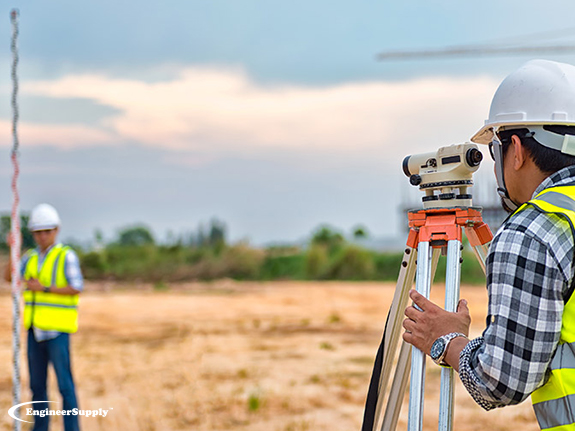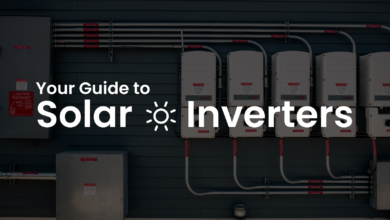Navigating the Market: Your Comprehensive Guide to Used Survey Equipment

Purchasing used survey equipment can be a great way to save money while still getting quality tools. However, the used market can also be tricky to navigate if you need to know what to look for. This guide will provide a comprehensive overview of how to shop smart when buying used survey equipment.
Assess Your Needs
Before starting your search, take some time to assess your needs and determine exactly what type of equipment you require. Consider the following:
What will you primarily use the equipment for?
- Land surveying? Construction surveying? Mapping? Other applications? Understanding your intended use will help guide you toward the right equipment.
What specific tools do you need?
- Total stations? GPS receivers? Levels? Robotic or manual options? Get specific – don’t just look for “survey equipment” in general.
What specifications are necessary?
- Accuracy? Range? Connectivity options? Durability? Identify your must-have features.
What is your budget?
- Used equipment can offer great value, but you must set a spending limit. Know what you can afford.
Carefully considering these factors will help you hone in on the right used gear. Save time by looking at equipment that fits your needs.
Shop Smart
Once you know what you’re looking for, it’s time to start searching. Here are some tips for shopping smart in the used market:
Stick to reputable dealers.
The used market includes private sellers, but you’re safer sticking to reputable used equipment dealers. They’ll offer warranties, inspection testing, certified refurbishment, etc. Don’t take risks with untested private sales.
Inspect carefully
Thoroughly inspect any potential purchase. Look for physical wear and tear. Ask the dealer to demonstrate that the equipment functions properly. Refrain from assuming it works – test it out.
Ask about longevity
Used equipment comes with some mileage on it. Ask the dealer about the expected remaining lifespan. Make sure it has years of use left, not just months. Purchase from dealers who refresh and replace internal components.
Compare prices
Used pricing can vary widely, so take time to compare options across several dealers. Get a feel for the going rate for the needed equipment based on age, condition, and specs. Know when a deal is indeed a good value.
Consider certified refurbished
Refurbished equipment has been thoroughly inspected, tested, and restored to like-new condition. It costs more than straight-used gear but comes with greater peace of mind. Refurbished can offer an ideal “newish” option.
Remember accessories.
Make sure to factor in any additional accessories, batteries, cases, cables, etc., and you may need to operate the equipment. Used gear often does not come with these add-ons. Budget accordingly.
Confirm Compatibility
Before finalising any purchase, take steps to ensure compatibility:
Verify software requirements
If you need particular software applications to operate the equipment, confirm the used model can run the required programs. Older equipment may have compatibility limitations.
Check data interfaces
Make sure ports and connections allow you to transfer field data as needed for your workflow. The proper interfaces, like USB, Bluetooth, WiFi, etc., are essential.
Test site calibrations
For equipment with site calibrations like robotics, verify your project site is pre-calibrated or that the gear can be calibrated on-site. Stay away from incompatible custom calibrations.
Evaluate power options
Ensure batteries and power sources are sufficient for your planned work. Look for equipment compatible with your existing chargers and batteries to maximise versatility.
Secure Proper Documentation
Before completing a used purchase, be sure to secure all necessary documentation:
Request operating manuals
Get print or digital copies of user manuals and operating guides to help you fully utilise the equipment. Most reputable sellers will provide documentation.
Confirm licensing
For equipment requiring software licenses, verify licenses are intact, up to date, and transferable to you as the new owner.
Get service records
Ask the dealer for full service and maintenance records. You’ll want to know the repair history and be able to track future maintenance needs.
Warranty details
Get warranty coverage and terms in writing. Understand precisely what is and is not covered should you need future repairs.
Registration information
Ask how to transfer product registrations and subscriptions to you if applicable. Maintaining registrations can be important for warranty support.
Conclusion
Purchasing used survey equipment requires more research and diligence than buying new gear. But following this comprehensive guide will help you find quality used tools at an affordable price. Taking the time to shop wisely will pay off with equipment that effectively serves your needs for years without breaking your budget. Let the tips above guide you to use survey equipment success!



